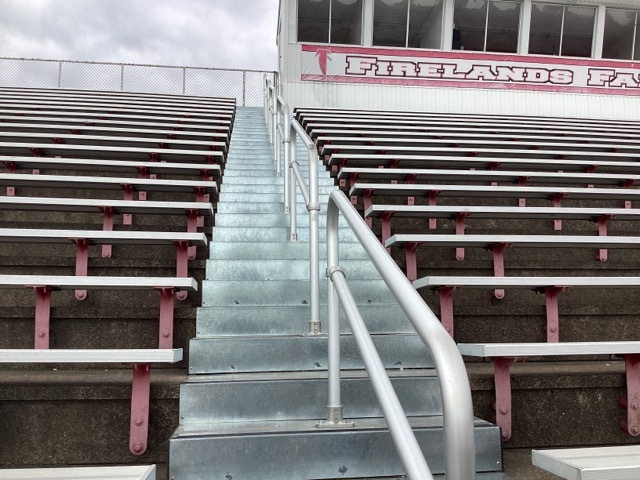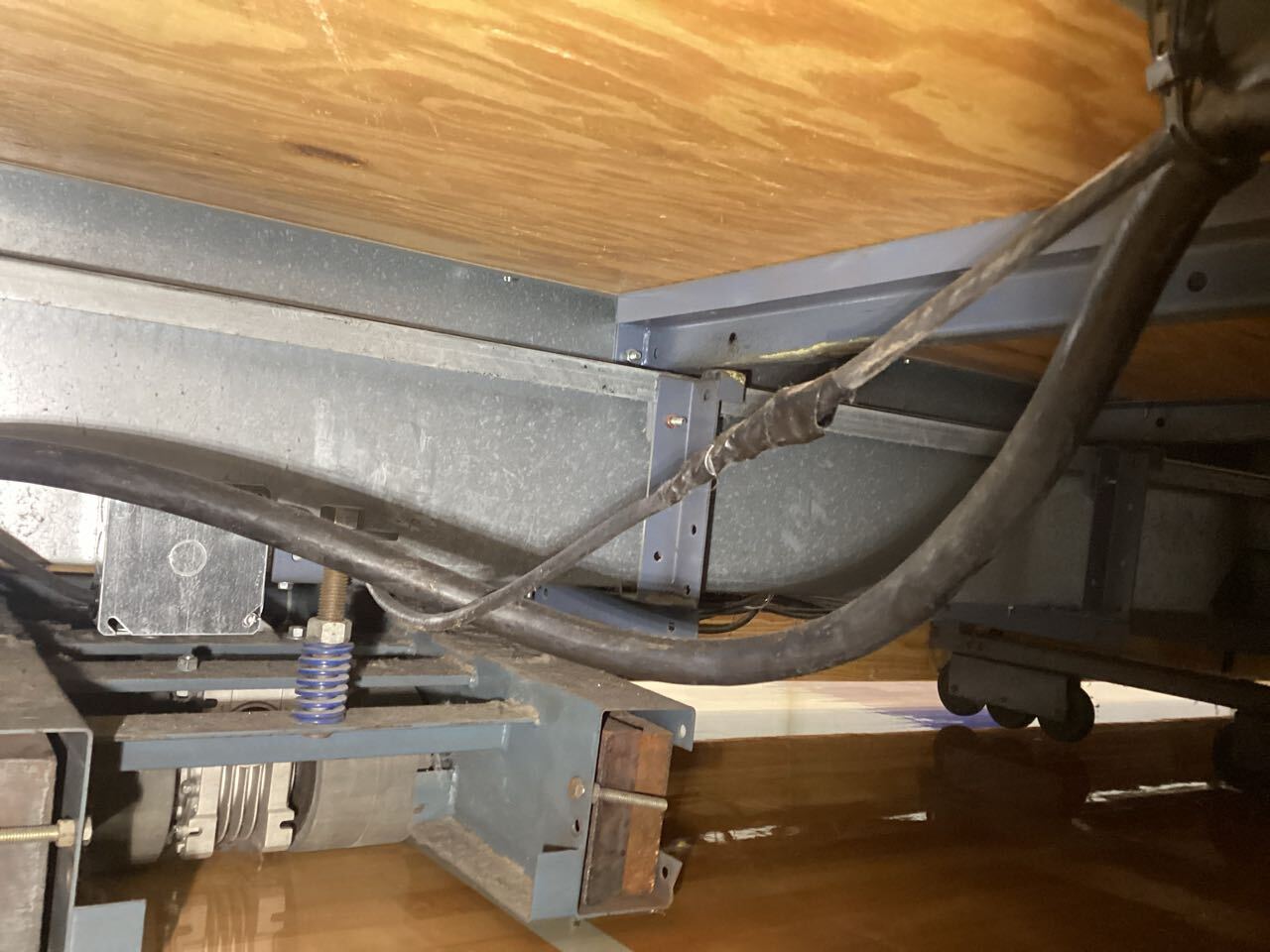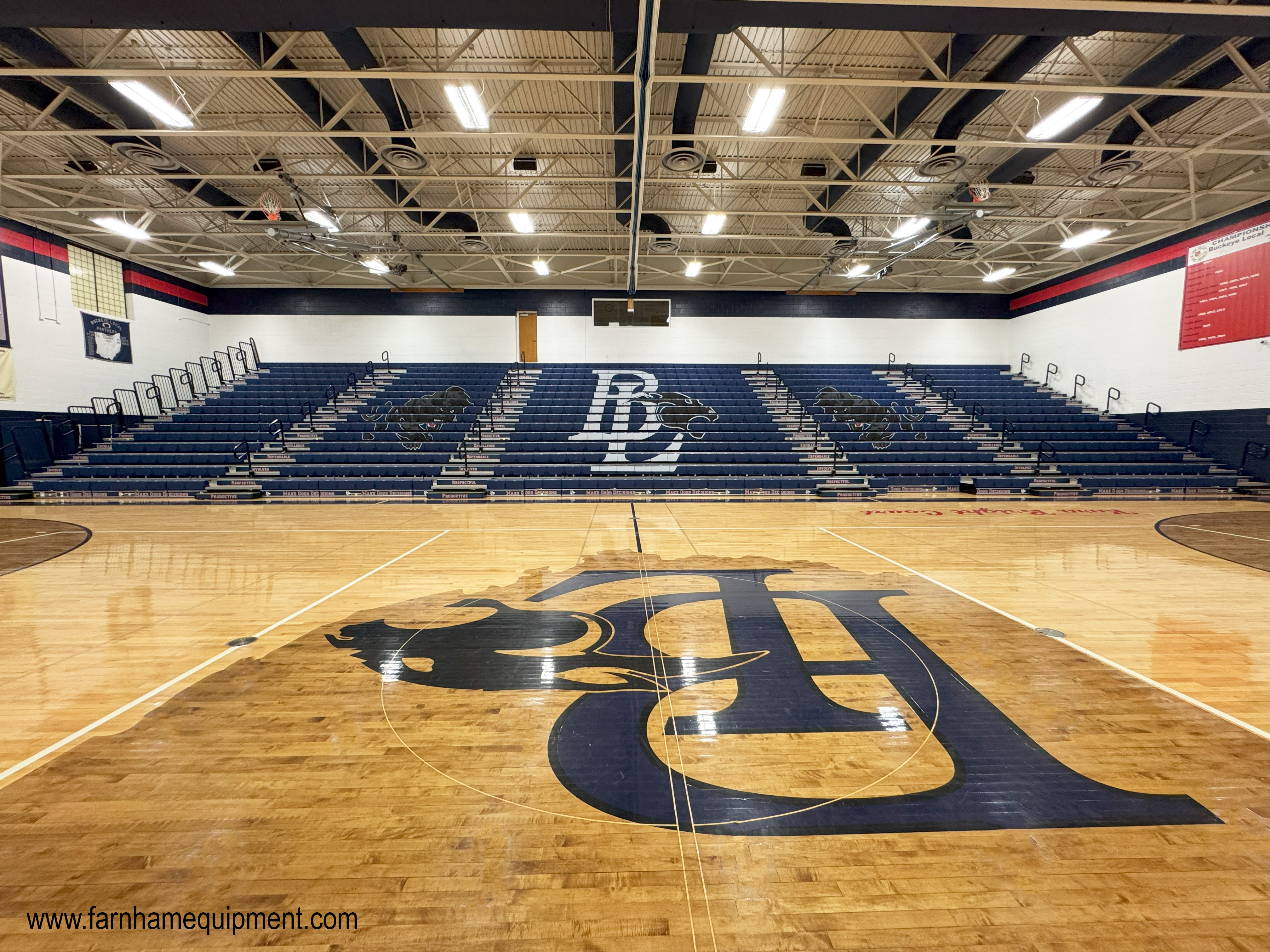Guest Author, Travis Thompson
of the Ohio School Plan

I was attending my first high school baseball game of the spring last week when something caught my eye. Another family was there watching their oldest son play. Their twin boys, age three, were entertaining the crowd like all three year old twins do. The action on the field was limited as the spring temperatures would not allow for any sustained action. I was seated in the first row of portable metal bleachers; I love the game of baseball from ground level. The bleachers were typical of those located in most areas of our state: five rows of seats probably moved from the end zone of the football field to just behind the backstop. Everything was ordinary until the foul ball in the home half of the fourth inning.
The twins were playing with their travel toys, sitting on the footboard of the last row of seats when the foul ball changed the day from ordinary to chaos. Like most foul balls, the arch of the baseball found the most congested accumulation of frigid fans. As we all stood in unison, attempting to catch the ball, one of the two twins stood, trying to be just like his father. The young boy leaned forward and his feet lost contact with the footboard he was previously sitting on. Unfortunately, the opening created between the footboard and the underside of the seat board was not closed in any way. The young boy fell at the exact moment the foul ball reached the bleachers.
As we all returned to our seats, again in unison, something was missing. None of us heard the young boy fall, but he lay on the ground beneath the bleachers motionless. His mother let out a scream when she noticed her son. The game came to a complete stop as we all turned and tried to help. The young boy struck his head on one of the many cross members supporting the bleachers. The fall could not have been greater than five feet, but the damage caused was indicative of a much greater height.
This horrible accident and many others just like it get repeated this time of year as spring sports bring us back outside. Bleachers of all types are used to seat large groups of people and various events. Their design and construction present unique fall hazards that can be easily identified and secured. The Consumer Product Safety Commission (CPSC) recommends fall protection for all seating structures with seat heights greater than 42” from the surface. The fall protection should be designed so that a four inch sphere cannot pass through any opening. Had the bleachers I was sitting on complied with this recommendation, this little boy would have had a much different baseball game experience.
Bleachers should be inspected before each season begins to ensure that they are structurally sound and have no openings that create fall opportunities. Look for obvious signs of damage, such as broken welds or unions, missing or damaged cross bracing and indications of sinking or heaving piers. Look up at the underside of the seat and foot boards and note any signs of material damage or rot. Look for openings large enough to pass a 4” sphere through that need to be properly closed. Move to the surface of the seats and foot boards. Walk across the surface looking for obvious signs of surface deterioration and lack of support.
A simple inspection could prevent catastrophic failure of any seating system.



0 Comments